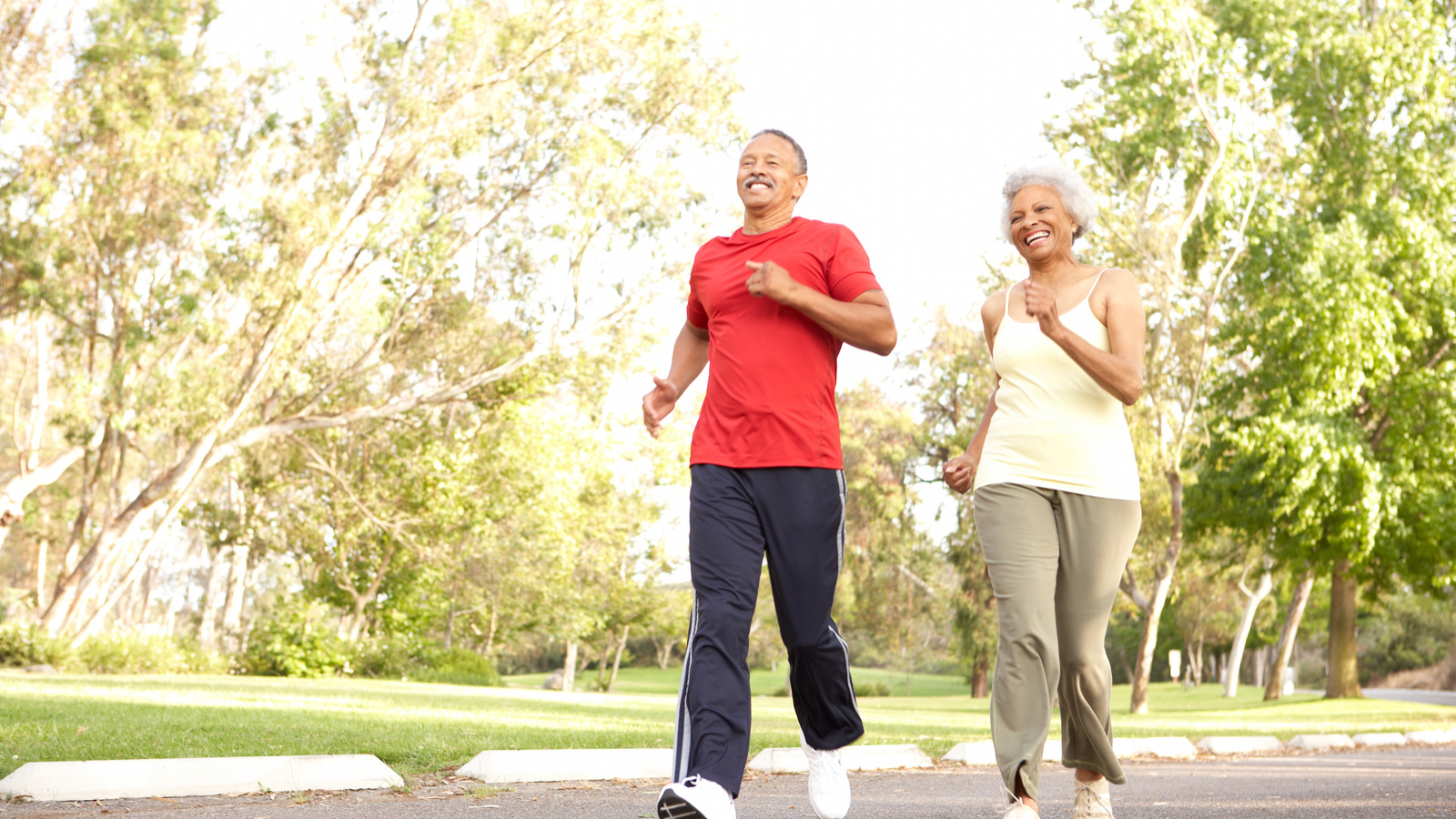Today’s issue of shop talk is related to exercise. We hope you like it. We asked whether exercise reduces medication use in people with Parkinson’s disease (PD).
Our question is important because, while effective, medications for PD have side effects. For example, Levodopa can relieve tremors, freezing of gait, and sometimes even pain. But when taken for a long time or at high doses, Levodopa causes akinesia (inability to move), dyskinesia (erratic, involuntary movements), and the tendency to bounce between these states.
The literature does not suggest scrimping or delaying the use of Levodopa, but doctors and patients try to keep the dose as low as possible for as long as possible without compromising the quality of life. Given this framework, one can see the long-term value of non-pharmacologic interventions that keep symptoms at bay and medication use low.
Exercise is an excellent candidate intervention. There is extensive evidence that exercise improves motor performance and may even slow the progression of PD. Yet, we were surprised to find only a small number of articles addressing the relationship between exercise and medication dose. We were even more surprised that only 3 papers from the primary literature suggest that exercise can reduce the use of anti-parkinsonian drugs.
Here’s our summary:
A meta-analysis from Ji et al. (2022) and another from Okada et al. (2021) identified a total of 8 papers that examined the effect of physical therapy on the dose of anti-parkinsonian medications. Three studies showed that multidisciplinary rehabilitation decreased medication use. These papers also suggest that a large exposure to exercise may be necessary for meaningful effects.
Frazzitta et al. (2012, 2015) demonstrated significantly less medication use among people with PD who performed 3 hours of exercise 5 times per week for 4 weeks. The exercise was done in an inpatient rehabilitation setting. Activities included stretching, relaxation training, balance activities, treadmill training with external cues, and instruction in activities of daily living. Among individuals newly diagnosed with PD, this regime was associated with no significant change in the daily dose of medication for 2 years. In the same timeframe, participants in a control group increased their medication use from approximately 100 to 325 mg/day*. When they studied advanced PD, Frazzitta et al. showed that the same exercise regime decreased the daily dose of medication from 653 to 602 mg/day. The control group increased their medication use from 617 to 647 mg/day over the same period.
Au et al. (2022) reported a less robust effect than Frazzitta when physical therapy was delivered twice weekly for 2 weeks or twice monthly for 6 months. In their study, only 5 of 22 participants experienced a change in their medication regimen. Among those who responded, the daily dose of medication declined by 300 mg/day if they were in the twice-weekly group and 33 mg/day if they were in the twice-monthly group. Again, the dose of exercise seems to matter.
The remaining 5 papers from the systematic reviews showed no significant effect of exercise on medication use. Among the papers with null results, the exercise involved multidisciplinary rehabilitation (n=2), aerobic exercise (n=2), and resistance training (n=1).
Thank you for reading. As always, you can learn more about this topic by exploring the resources below.
*All values are in Levodopa equivalent dose.
Additional Resources:
- Effectiveness of intensive inpatient rehabilitation treatment on disease progression in parkinsonian patients: a randomized controlled trial with 1-year follow-up. Frazzitta G, Bertotti G, Riboldazzi G, Turla M, Uccellini D, Boveri N, Guaglio G, Perini M, Comi C, Balbi P, Maestri R. Neurorehabil Neural Repair. 2012 Feb;26(2):144-50. doi: 10.1177/1545968311416990. Epub 2011 Aug 15. PMID: 21844282 Clinical Trial.
- Intensive rehabilitation treatment in early Parkinson’s disease: a randomized pilot study with a 2-year follow-up. Frazzitta G, Maestri R, Bertotti G, Riboldazzi G, Boveri N, Perini M, Uccellini D, Turla M, Comi C, Pezzoli G, Ghilardi MF. Neurorehabil Neural Repair. 2015 Feb;29(2):123-31. doi: 10.1177/1545968314542981. Epub 2014 Jul 18. PMID: 25038064 Clinical Trial.
- Effectiveness of Long-Term Physiotherapy in Parkinson’s Disease: A Systematic Review and Meta-Analysis. Okada Y, Ohtsuka H, Kamata N, Yamamoto S, Sawada M, Nakamura J, Okamoto M, Narita M, Nikaido Y, Urakami H, Kawasaki T, Morioka S, Shomoto K, Hattori N. J Parkinsons Dis. 2021;11(4):1619-1630. doi: 10.3233/JPD-212782. PMID: 34366377 Free PMC article.
- Physical Therapy for at Least 6 Months Improves Motor Symptoms in Parkinson’s Patients: A Meta-Analysis. Ji X, Lu D, Yang Q, Xiao L, Wang J, Wang G. Comput Math Methods Med. 2022 Jul 31;2022:3393191. doi: 10.1155/2022/3393191. eCollection 2022. PMID: 35959355 Free PMC article.
- For an introduction to Parkinson’s disease, check out Parkinson’s 101 at the Michael J. Fox Foundation.

